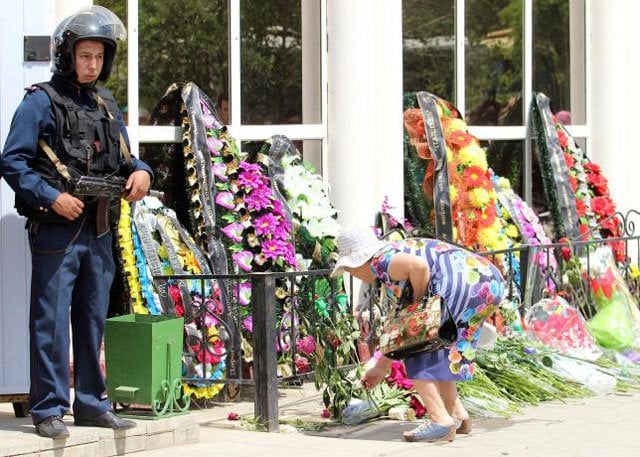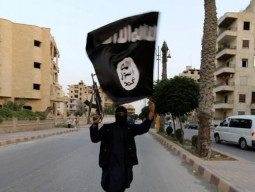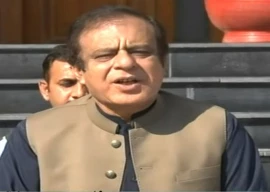
ASTANA: Salafists, the followers of an ultra-conservative school of Islam, were behind a planned attack foiled by Kazakh security services, the head of national security committee KNB said on Thursday.
KNB said on Wednesday it had detained several members of a group which planned "terrorist acts using improvised explosive devices". One of the suspects had killed himself by detonating such a device.
Kazakhstan bars smartphones at government offices to prevent leaks
Speaking to reporters on Thursday, KNB head Vladimir Zhumakanov said the six detainees were Salafists, but added they had no links to those behind a deadly attack in the city of Aktobe earlier this month.
In that incident, about two dozen men described by the authorities as sympathisers of Islamic State, attacked gun stores and a national guard facility, killing seven people.
Security forces killed 18 attackers, some on the same day and some in the subsequent manhunt.
Kazakh President Nursultan Nazarbayev has described the Aktobe attackers as Salafists.
Islamic State prime suspect after suicide bombers kill 36 at Istanbul airport
KNB detained the latest group of suspects on June 26 in the town of Balkhash and the village of Gulshat, both in the Karaganda region of central Kazakhstan. Zhumakanov said they had planned to carry out an attack in the same province.
An estimated 300 people have left the Central Asian nation of 18 million to join Islamic State militants based in Syria and Iraq, Kazakh authorities say. The oil-rich former Soviet republic is a predominantly Muslim but secular state.

































1713509570-0/Taylor-Swift-Album-Release-(1)1713509570-0-270x192.webp)






















COMMENTS
Comments are moderated and generally will be posted if they are on-topic and not abusive.
For more information, please see our Comments FAQ